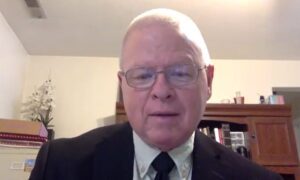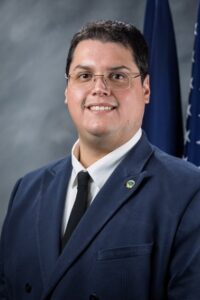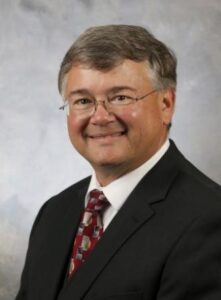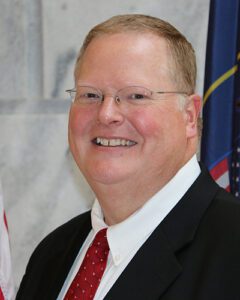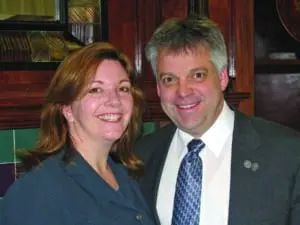Resources for What to do Before, During, and After Disasters
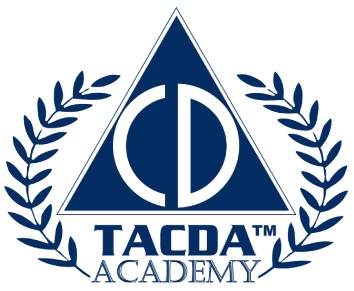
The TACDA Academy Lesson Manual is an emergency preparedness handbook and covers Civil Defense topics such as:
FEMA Resources
FEMA Comprehensive Preparedness Guides
FEMA Preparedness Planning Considerations
FEMA Emergency Operation Plans – Houses of Worship and Schools
Pre-Disaster Recovery Planning Guides
How To's:
Resource Links:
21st Century Homeland Defense and Civil Defense, An Analytical Study by Rick White Ph.D., Arthur J. Simental, M.S., John Holst, M.S. - Download ebook
American Preppers Network - https://www.facebook.com/groups/AmericanPreppersNetwork/
American Survivor - americansurvivor.org
Backdoor Survival. "Prepping with Optimism” - http://www.backdoorsurvival.com/
Civil Defense Perspectives - https://www.physiciansforcivildefense.org/category/civil-defense-perspectives/
Civil Defense Radio with Preston Schleinkofer- https://civildefenseradio.com/
Civil Defense Virginia - https://civildefenseva.org/
Crisis Preparedness - https://www.crisispreparedness.com/
Doctors for Disaster Preparedness - https://www.ddponline.org/
EMP Protection of Critical Civilian Infrastructure. Problems and Solutions by Dr. Vladimir Gurevich - Download ebook
Essential Guide to Flood Planning and Preparation - https://www.polygongroup.com/resources/flood-preparation-planning/
FDD’S Long War Journal - http://www.longwarjournal.org/
Federal Emergency Management Agency - https://www.fema.gov/
IAEA (International Atomic Energy Agency) for Nuclear safety and security - https://www.iaea.org
Medication Stability Beyond Shelf life - Download pdf
MetEd - Meteorology, weather forecasting, and related geoscience topics: https://www.meted.ucar.edu/about.php
Michael Mabee, author of The Civil Defense Book - https://michaelmabee.info/category/mikes-blog/
Minimizing Flood Damage - https://www.directline.com/home-cover/minimise-flood-damage
National Museum of Civil Defense - https://www.uscivildefense.org
Natural Hazards: A service of NASA’s Earth Observatory - http://naturalhazards.nasa.gov/ http://earthobservatory.nasa.gov/
Physicians for Civil Defense - https://www.physiciansforcivildefense.org/
Preserve The Harvest - https://extension.usu.edu/preserve-the-harvest/
Responding to an Active Shooter Crisis Situation (FBI) - https://www.fbi.gov/about/partnerships/office-of-partner-engagement/active-shooter-resources/responding-to-an-active-shooter-crisis-situation
Strive for More Preparedness - https://sfmpro.com/
Survival Sherpa: “Helping Each Other on the Climb to Self-Reliance and Preparedness” - https://survivalsherpa.wordpress.com/
The Daily Web Log for Prepared Individuals Living in Uncertain Times. – https://survivalblog.com/
The National Weather Service - https://weather.gov
The Provident Prepper: Common Sense Guide to Emergency Preparedness, Self-Reliance and Provident Living - http://theprovidentprepper.org/
The Weather Channel - https://weather.com/
Trusted News and Intelligence from Spec Ops Veterans - https://sofrep.com/
Waldo County Civil Defense Association - https://waldocivildefense.org/
We Protect People. Let us show you how. - https://escapethewolf.com/
We The Prepared: https://www.wetheprepared.com/
COVID-19 Information Links:
About the Coronavirus - https://www.youtube.com/watch?v=Xj1nUFFVK1E
Cases and Latest Updates - https://www.nih.gov/health-information/coronavirus
Centers for Disease Control and Prevention - https://www.cdc.gov/coronavirus/2019-ncov/index.html
FEMA - https://www.fema.gov/coronavirus
Frequently Asked Questions - https://www.cdc.gov/coronavirus/2019-ncov/faq.html
Homeland Security Coronavirus 2020 - https://www.dhs.gov/
National Institutes of Health - https://www.nih.gov/health-information/coronavirus
Prepare and Protect yourself - https://www.coronavirus.gov/
World Health Organization - https://www.who.int/emergencies/diseases/novel-coronavirus-2019
2024 TACDA Civil Defense Zoom Meetings
2023 TACDA Civil Defense Zoom Meetings
2022 TACDA Civil Defense Zoom Meetings
2021 TACDA Civil Defense Zoom Meetings
Nuclear Weapons Effects:
For information about the various effects of nuclear weapons, click here.


